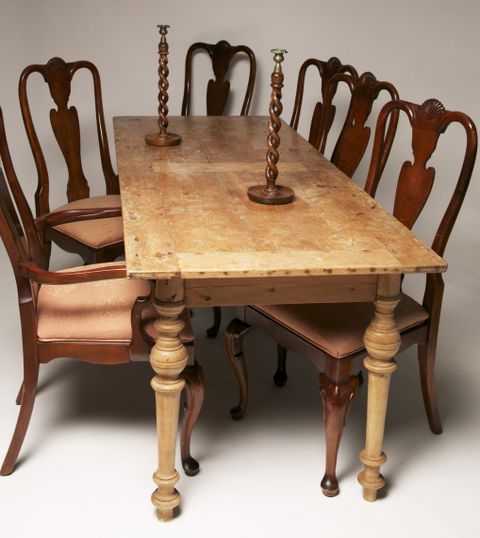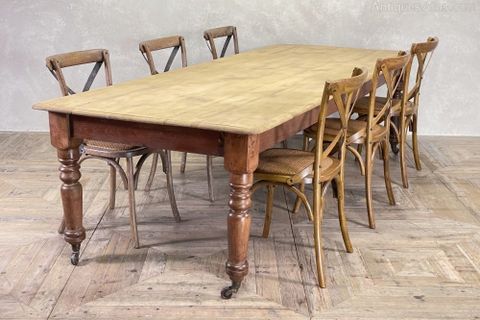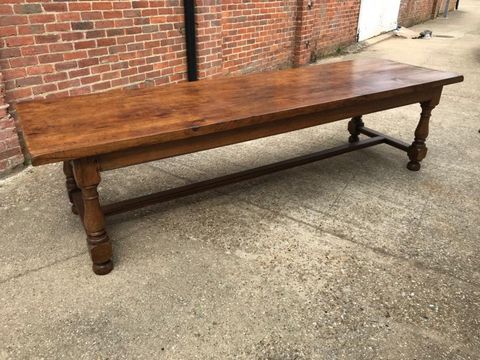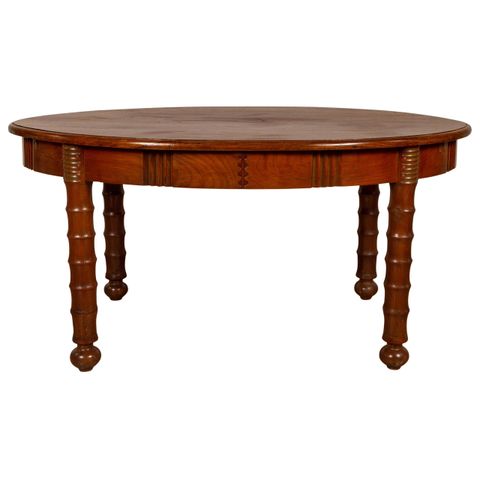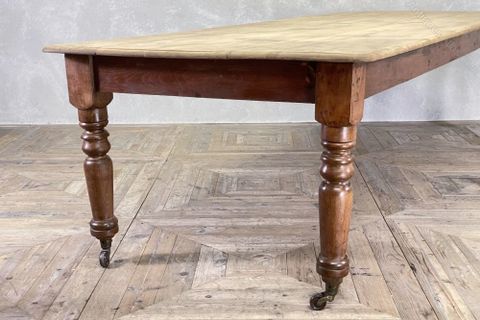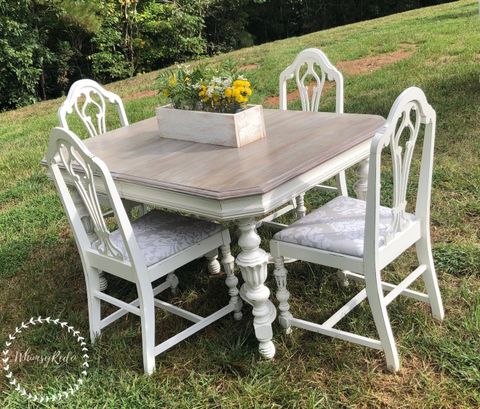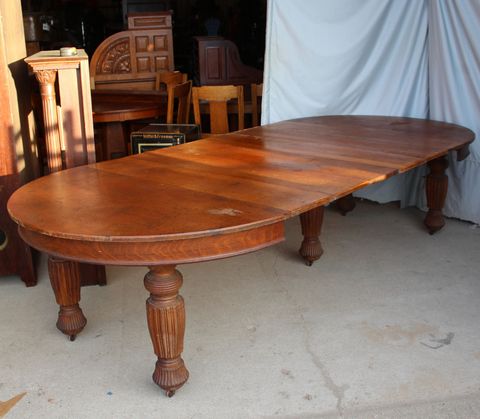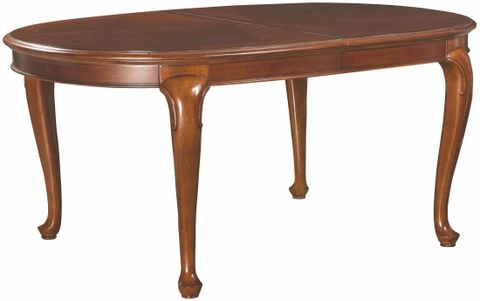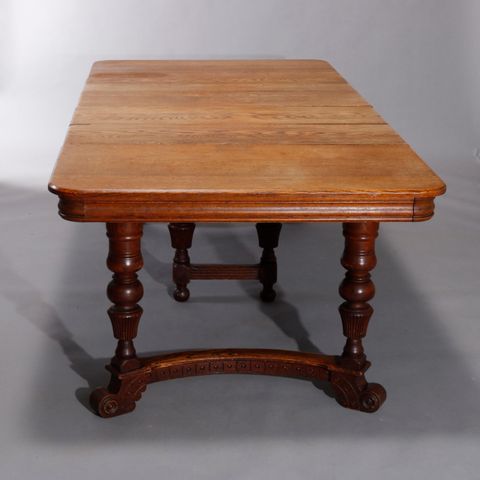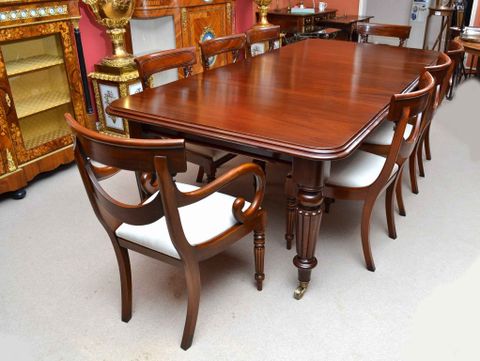Picture this: you’re browsing through a flea market, eyeing a beautiful vintage dining table. The grain is rich, the wood looks aged, and the craftsmanship seems genuine. But wait – what if those legs are actually modern? It’s a common scenario that can leave collectors and enthusiasts questioning their finds. What makes a table leg truly antique? What signs should you look for when trying to separate the real deal from clever replicas?
Antique furniture has a way of speaking to us across time. When we encounter a vintage dining table with its distinctive legs, we’re often drawn to the stories they carry. These wooden artifacts aren’t just functional pieces – they’re historical documents that tell tales of craftsmanship, era-specific design choices, and the hands that shaped them. Yet the market is flooded with reproductions that mimic these classic forms so convincingly that even experienced collectors sometimes find themselves second-guessing their discoveries. The key lies in understanding the subtle differences between authentic antique legs and their modern counterparts.
Understanding the Basics of Antique Table Legs
Before diving into the specifics, it’s important to grasp what makes a table leg truly antique. These aren’t simply old pieces – they’re products of their time, shaped by available materials, tools, and cultural aesthetics. Antique legs often showcase characteristics that modern manufacturers struggle to replicate accurately. The wood itself tells part of the story. Look for natural variations in grain patterns, knots, and coloration that appear randomly rather than uniformly. These irregularities were natural outcomes of the wood’s growth and the limited processing capabilities of earlier eras. For instance, a genuine 18th-century oak leg might display weathered patches of darker brown alongside lighter areas where the wood has been exposed to elements over decades. Modern reproduction woods tend to have more consistent coloring and less character.
Examining Wood Characteristics and Grain Patterns
The wood used in antique legs carries unique qualities that are difficult to fake. Start by examining the grain closely under good lighting. Real antique legs often show natural variations in grain direction, especially where different sections of wood meet. You might see what appears to be a knot that actually turns out to be a natural wood formation rather than a flaw. The grain pattern on genuine antique pieces rarely follows perfectly straight lines. Instead, it meanders in ways that reflect the natural growth of the tree. Look for what’s called ‘crazing’ – fine network patterns that develop on the surface over time. These microscopic cracks form naturally due to age and environmental factors. They’re not uniform and often appear in clusters rather than across entire surfaces. When examining a leg, pay attention to how the wood ages. Authentic pieces show signs of weathering that feels organic, not artificial. The surface may have a slightly worn appearance that suggests decades of use rather than recent treatment.
Identifying Tool Marks and Craftsmanship Details
One of the most telling aspects of authentic antique legs is the presence of tool marks that reflect the technology and techniques of the era. Hand-tool marks are particularly distinctive. You’ll notice slight irregularities in the smoothness of the surface, small imperfections that result from using hand planes, chisels, and rasps rather than machines. These marks create a unique texture that’s hard to reproduce exactly. For example, look for the characteristic swirls and small ridges left by hand planes. They’re not perfect circles but rather more organic shapes that suggest human touch. Another important clue is the way joints are constructed. Antique legs often feature traditional joinery methods like dovetails, mortise and tenon joints, or other time-honored techniques that require skilled craftsmanship. These aren’t just structural elements – they’re artistic expressions of the maker’s skill and knowledge of their craft.
Checking for Age-Appropriate Wear and Patina
Age-appropriate wear is perhaps one of the most reliable indicators of authenticity. Real antique legs show signs of use that feel natural and consistent with their age. This includes wear patterns that follow the typical paths of human interaction. For example, the top of a leg might be smoother than the sides because that’s where it would have been touched most frequently during centuries of use. Look for patina – the natural darkening that occurs on wood surfaces over time. This isn’t always uniform, and it often accumulates in specific areas based on how the piece was handled. Check for signs of previous repairs or modifications. These shouldn’t look like recent work – they should blend with the overall appearance and show the style of repair techniques used in the period. A well-executed restoration will show signs of appropriate materials and methods for that era.
Recognizing Historical Design Elements and Period Features
Each historical period has its own distinctive features that appear in table legs. Victorian-era legs often feature elaborate scrollwork and ornate curves that reflect the era’s love of detailed decoration. Georgian legs typically display clean, geometric lines and simple, elegant forms. Art Deco pieces show bold, angular designs with sharp contrasts. Understanding these styles helps you recognize when something doesn’t quite fit the period. For example, a table leg with a Victorian scroll design on a piece dated 1750 wouldn’t be authentic. Pay attention to proportions as well. The relationship between the height of a leg and the width of the table top often follows established ratios from each era. The legs of a mid-19th century dining table won’t match the proportions of a 16th century piece. Even small details like the shape of the feet, the placement of decorative elements, or the overall silhouette can reveal much about a piece’s origins.
Red Flags That Signal Reproduction Legs
Sometimes, the absence of certain features can be just as revealing as their presence. Be wary of perfectly smooth surfaces that lack any signs of natural wear or tool marks. Modern manufacturing processes often produce surfaces that are too uniform and clean. Legs that look brand new, even when claimed to be centuries old, should raise suspicions. Another warning sign is the presence of machine tool marks instead of hand tool marks. While some reproduction pieces try to mimic hand-tool effects, they rarely capture the subtle irregularities that make authentic pieces special. Look for overly symmetrical designs that seem too perfect. Real antique furniture shows the imperfections and variations that come from human craftsmanship rather than machine precision. Also watch out for paint or finish that appears too fresh or uniform – authentic antiques usually have some degree of aging in their surface treatments.
Identifying authentic antique legs on vintage dining tables is both an art and a science. It requires patience, knowledge of historical periods, and a keen eye for detail. The process isn’t just about spotting obvious differences – it’s about understanding the story these pieces tell. Every grain, every tool mark, and every sign of age contributes to the narrative of authenticity. Whether you’re a seasoned collector or someone new to antique hunting, developing these skills takes time and practice. Remember, the best way to learn is often through comparison – examine multiple pieces, study the differences, and trust your instincts. The satisfaction of discovering a genuine antique leg isn’t just about the monetary value – it’s about connecting with history and honoring the craftsmanship of those who came before us. Each authentic piece adds depth to our understanding of past cultures and the people who created these enduring works of art.

